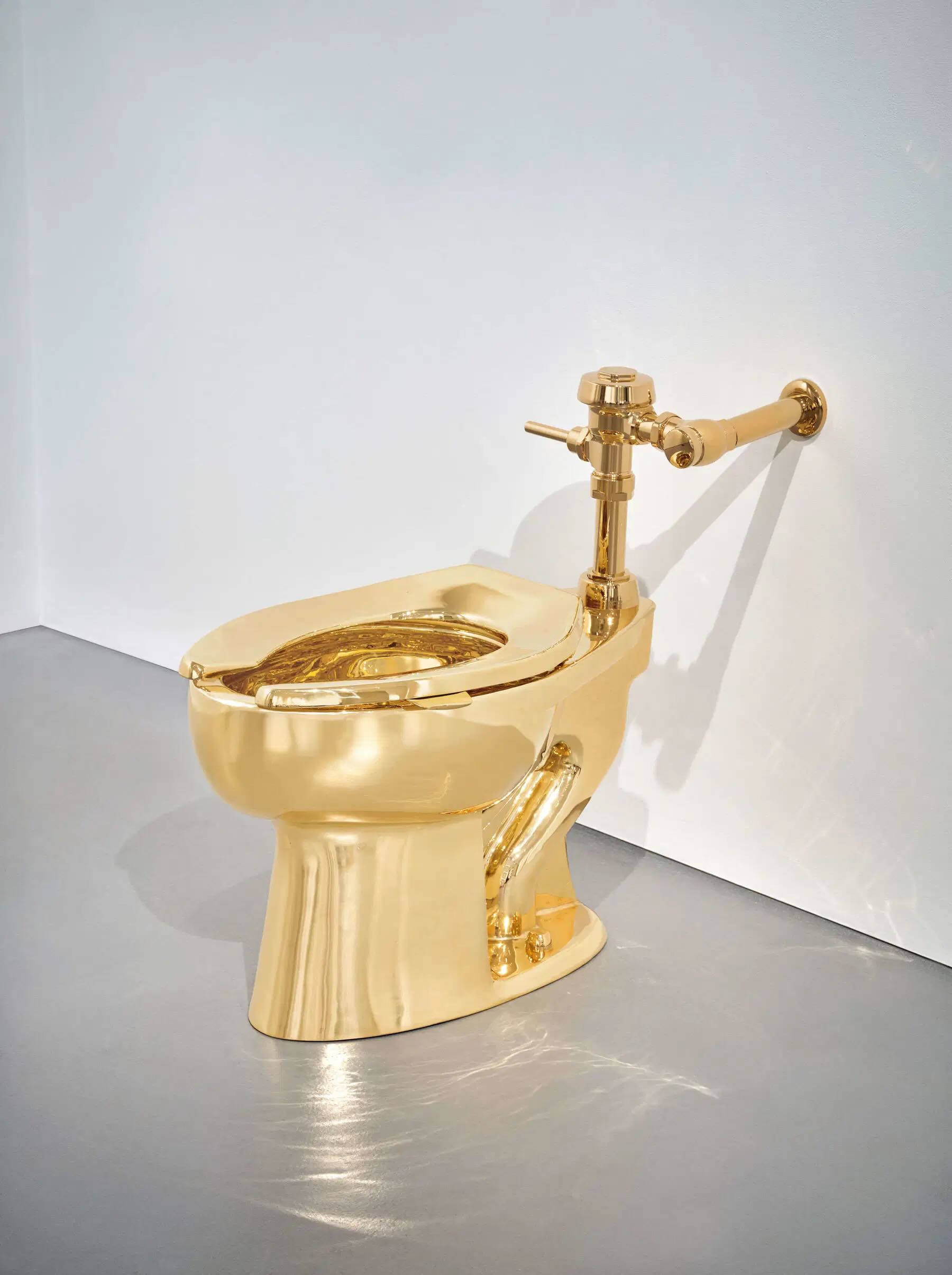Do you remember the small Cimabue panel found almost by accident in the kitchen of a 90-year-old lady in Compiègne near Paris? The story sounds like something out of a movie, but it really happened, and it was the French auction house Actéon that made the incredible discovery when the lady called in experts to appraise the panel with the Mocked Christ, valuing it at between 4 and 6 million euros. The painting, a very rare work by Cimabue that had been given up for lost, on October 27, 2019.went to the buyer for the extraordinary sum of 24 million euro.
These legendary story, among similar ones, invite us to look with even more attentive and curious eyes at the works of the past that intrigue us: not only objects inherited by family, but also those displayed at fairs, antique galleries and flea markets. But how to recognize an ancient work, from a modern one, and how an original from a fake?
The final word, as in the case of Cimabue, is always up to the experts, but with a few tricks beforehand we can at least figure out if the item is good, and if it can pass the first test before being presented to the professionals in the field.
1. Gather information
If it is an antique, the least we can do is to ask what the style of the object is, ask what the period of production is, and know as many details about the provenance as possible. In the case of vintage design objects, it will be easier to trace the piece back to its original source and perhaps find catalogs and archives where we can track it down and recognize it.
2. The Seller's Word
The first “experts” to hear from are, of course, the sellers. Their knowledge of the piece may be first-hand: in the most fortunate cases they have bought the object from the first owner, or they know its history from the first sale. Or, in the case of antique objects, theirs may be knowledge gained through study and comparison with similar works. Before exposing themselves to the purchase of a piece, a professional dealer typically gathers documentation on the work to share with customers.
3. Compare
It is said that trusting is good, but not trusting is even better. Before proceeding it is always good to have a term of comparison, and possibly a comparison with a similar work of the highest quality. This can be done using museum's databases, historical and public archives which most times can be visited also digitally. Comparison is especially relevant with regard to signatures, labels, stamps and punches that might attest to the originality or otherwise of a piece.
4. Patina
A new piece of furniture, or a recently manufactured object can never have the same surface as original piece. Patina refers to that visible state of the surface that is a visual testimony to the transformative power of time. It encapsulates the gradual transformation and aging of surfaces, giving us a record of how time acts on the work and transforms it, often elevating it aesthetically.
5. Appraisal
Finally, asking an expert for an appraisal is the most appropriate way to identify a work, confirm its chronology, and if not certain, find its author. In addition to providing you with a market value, professional appraisals can be an excellent tool for investigating the history of a historical piece and, who knows, discovering a real masterpiece that was long thought to be lost.






.png)





